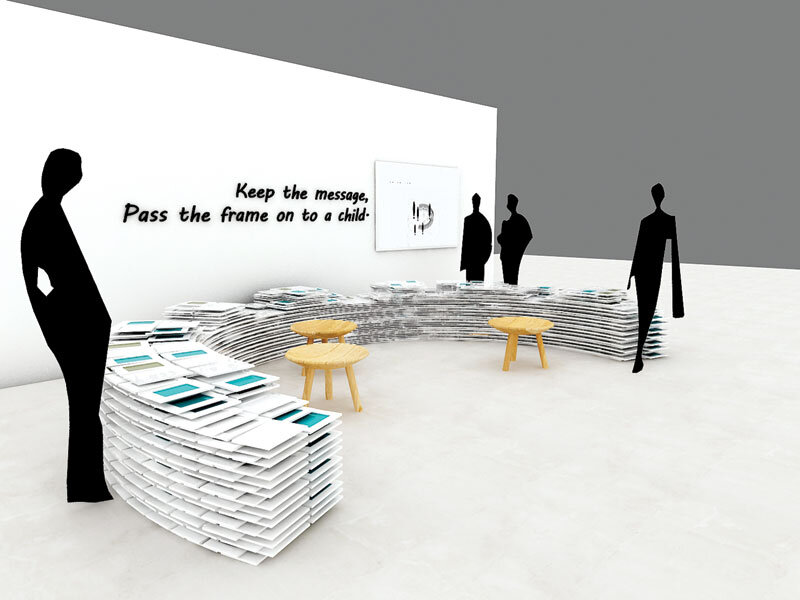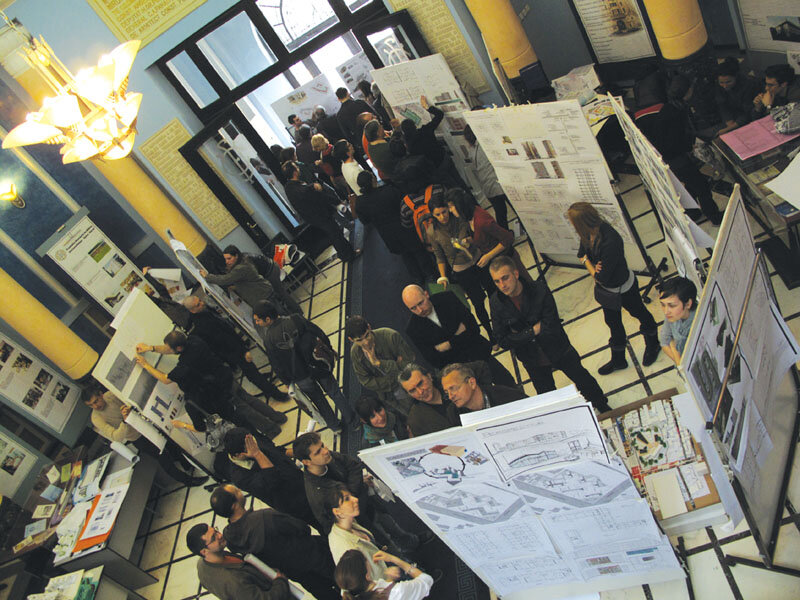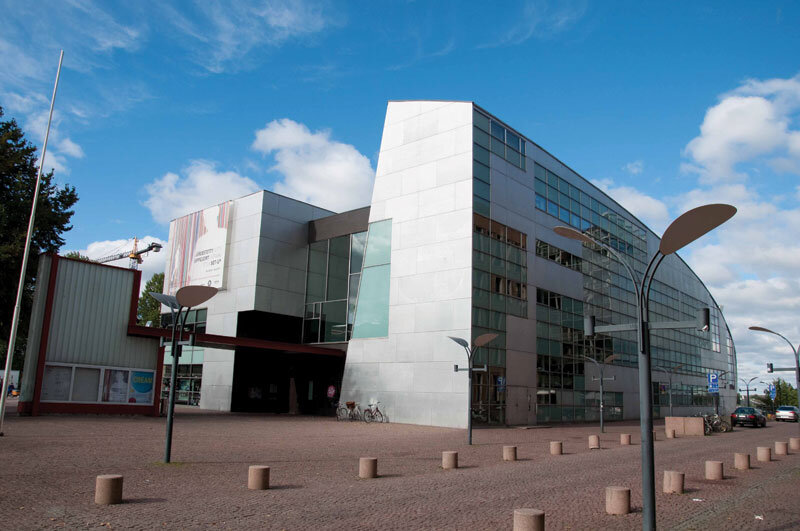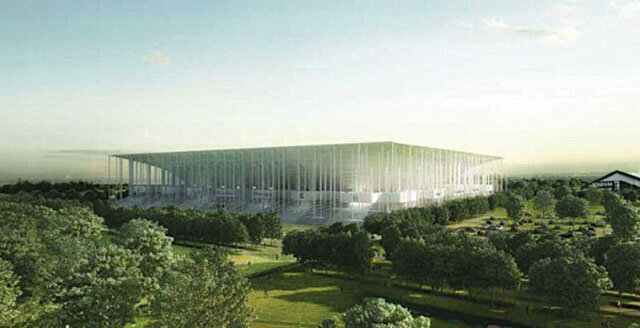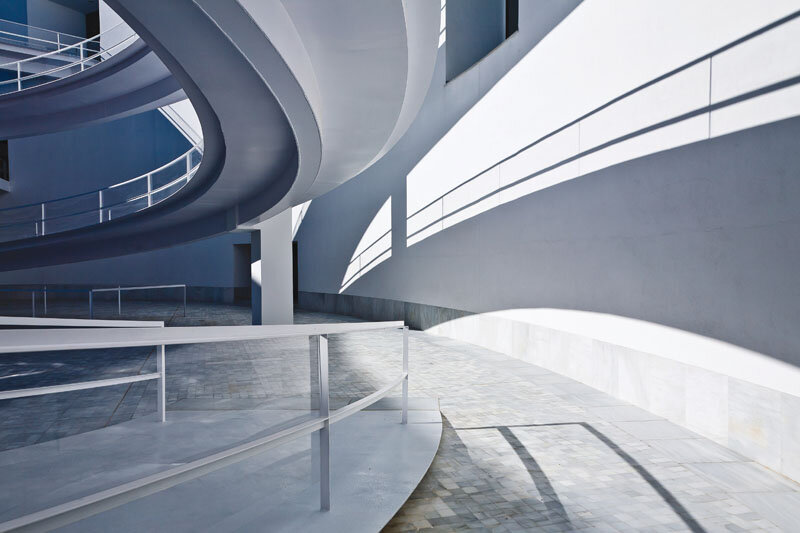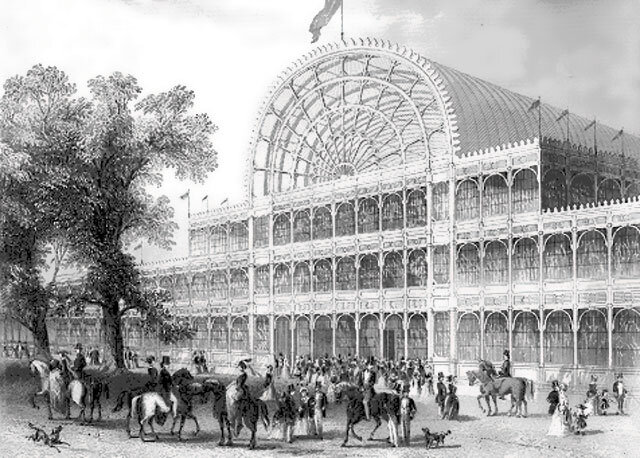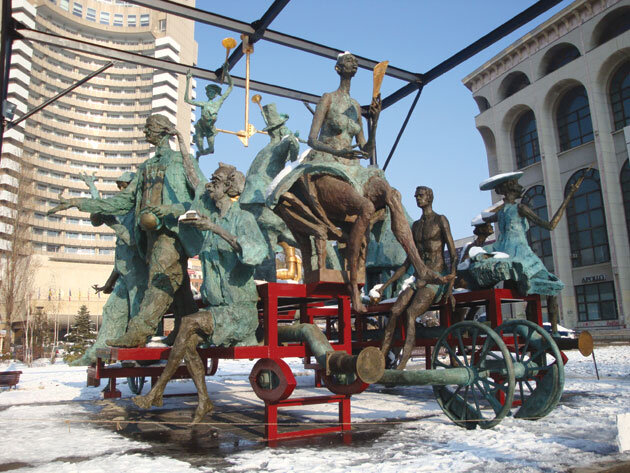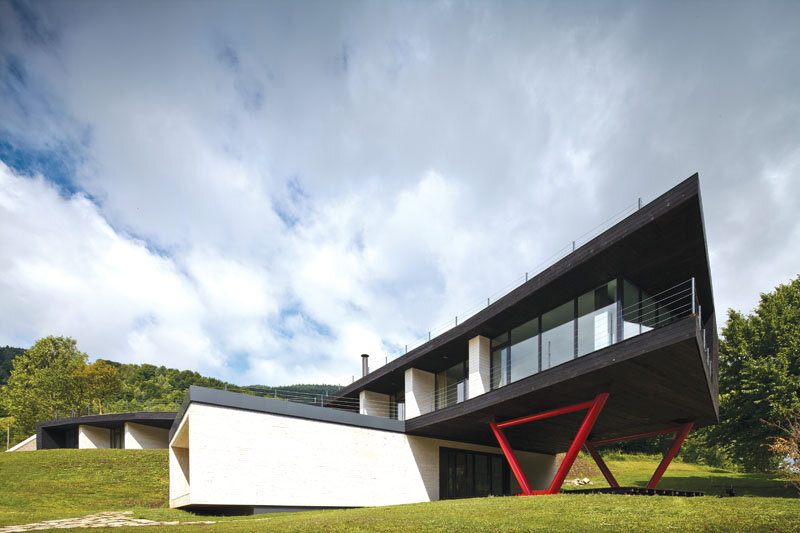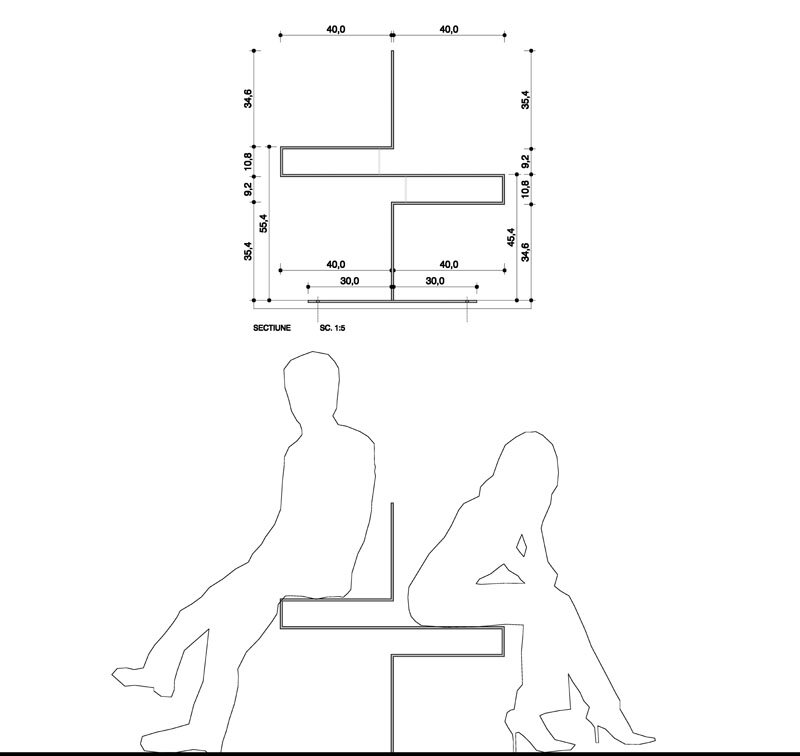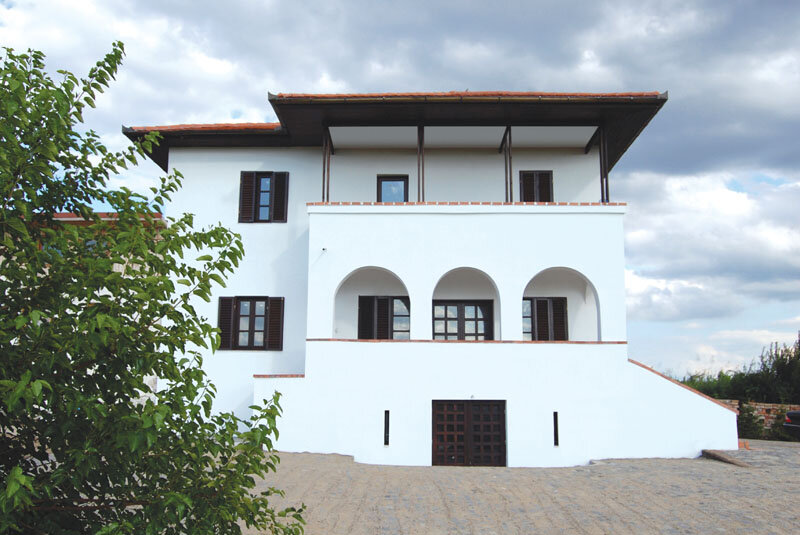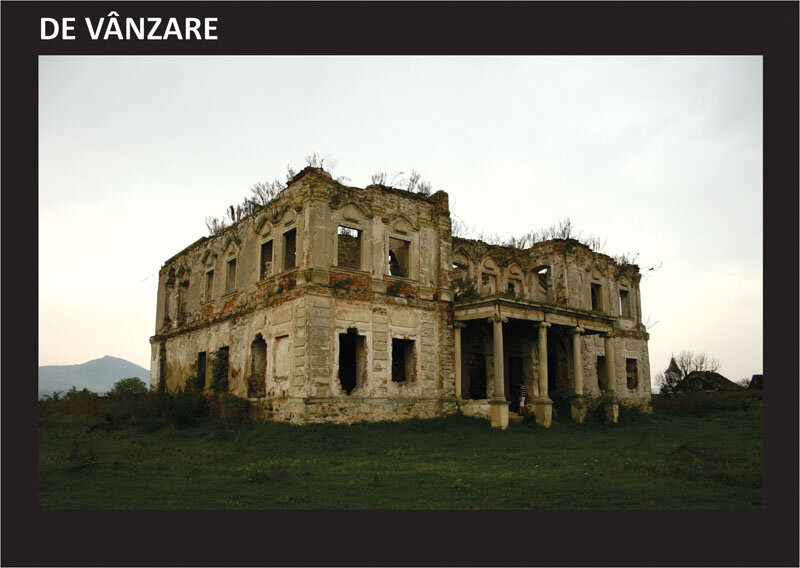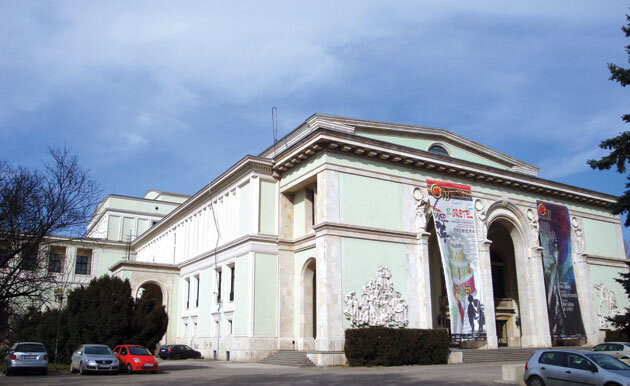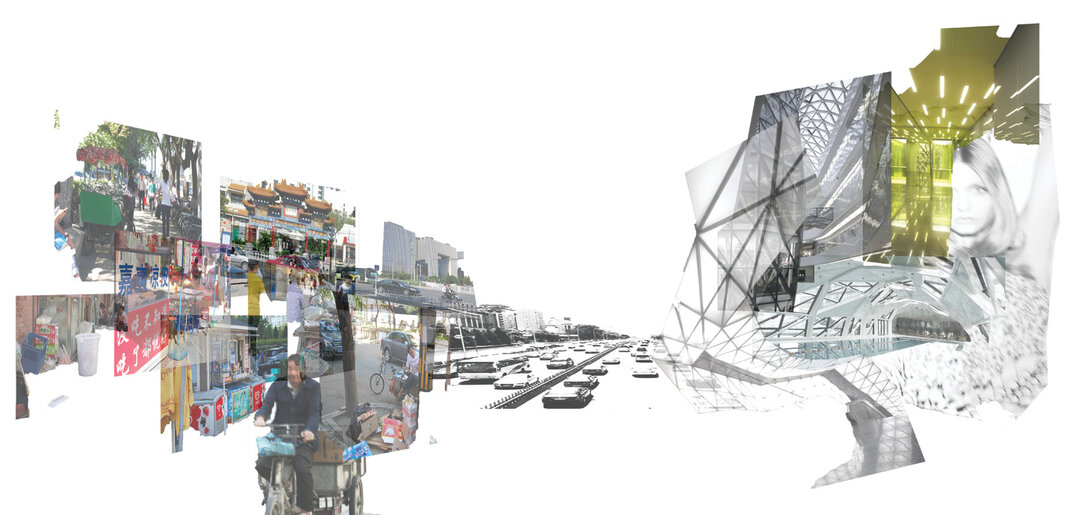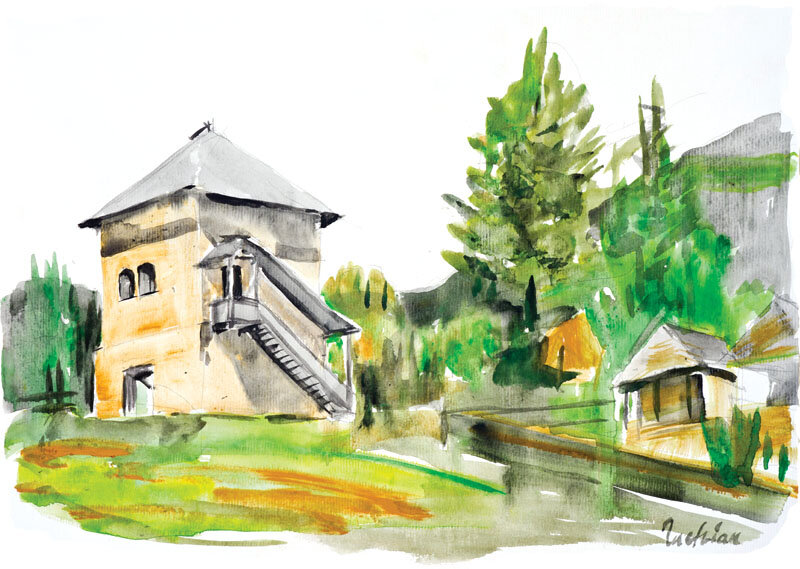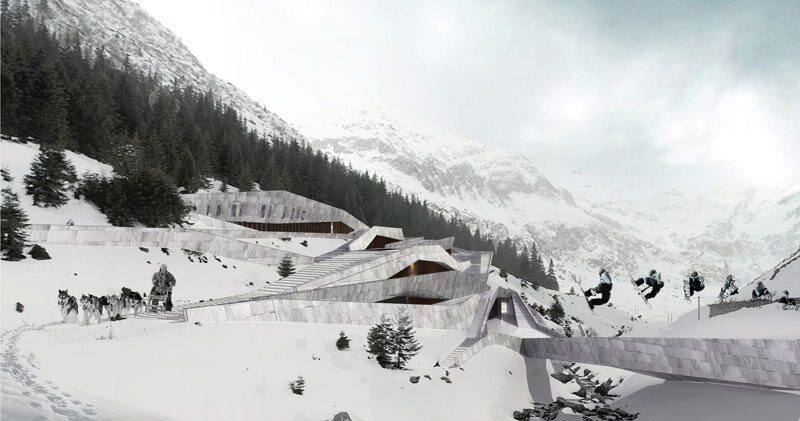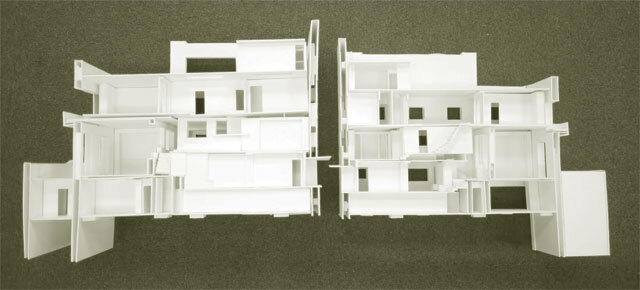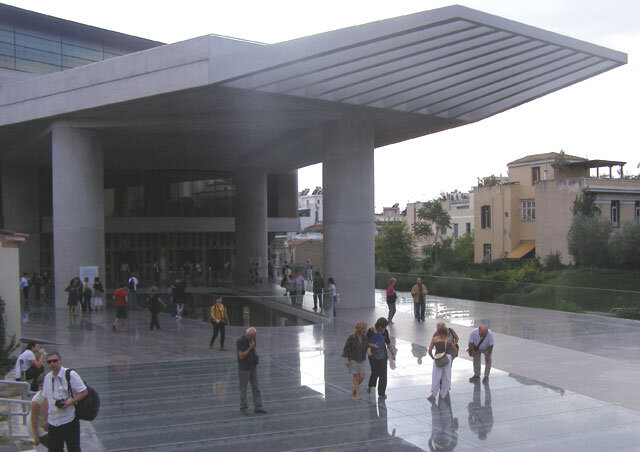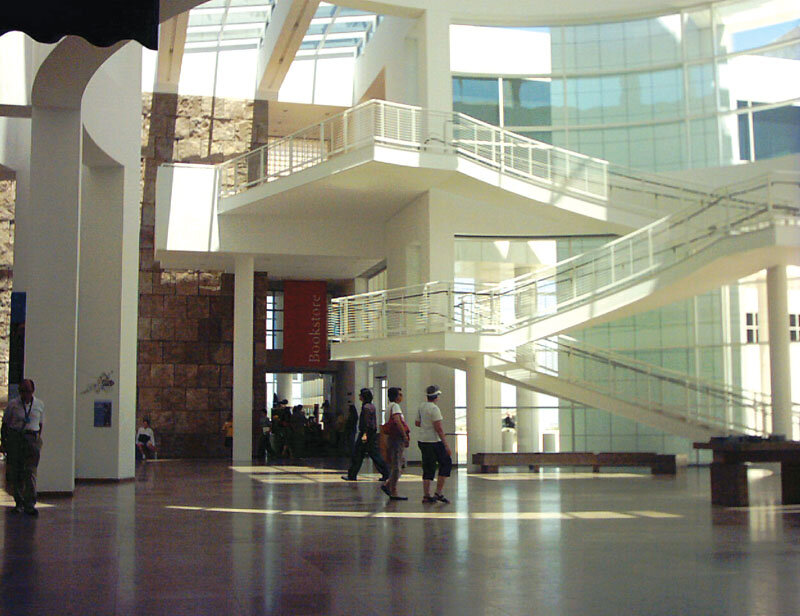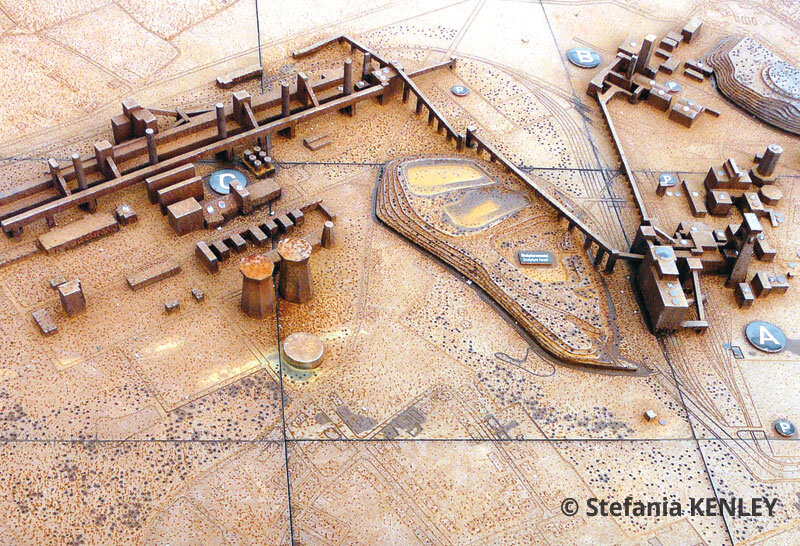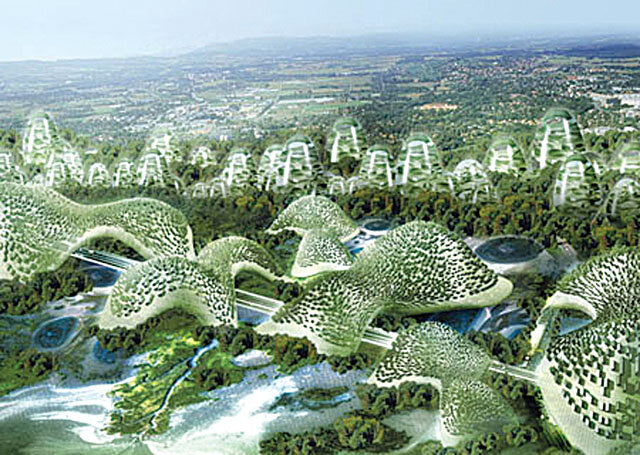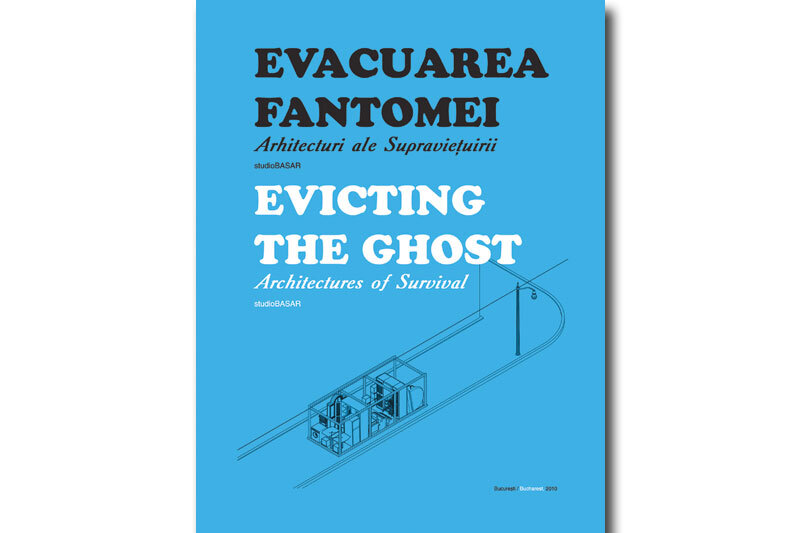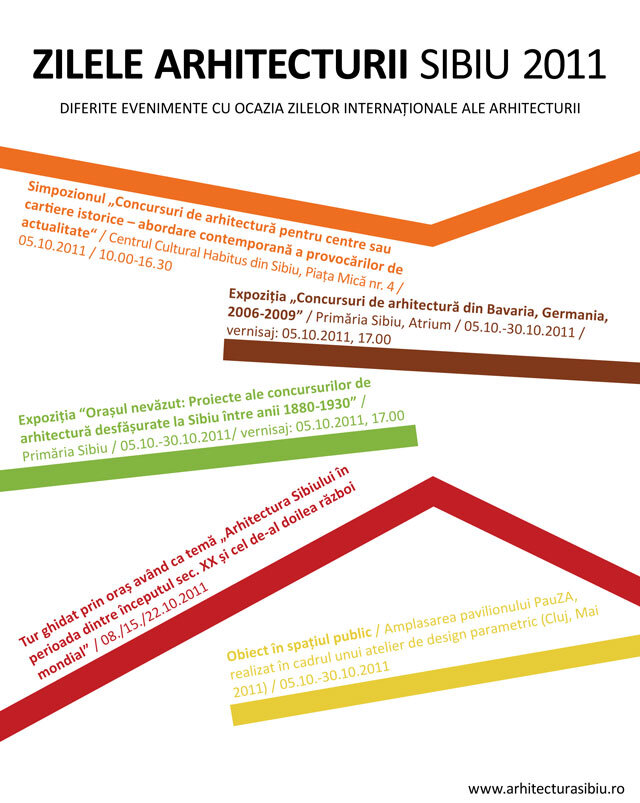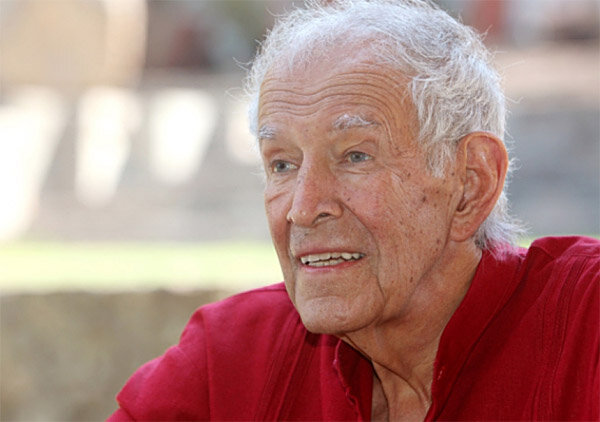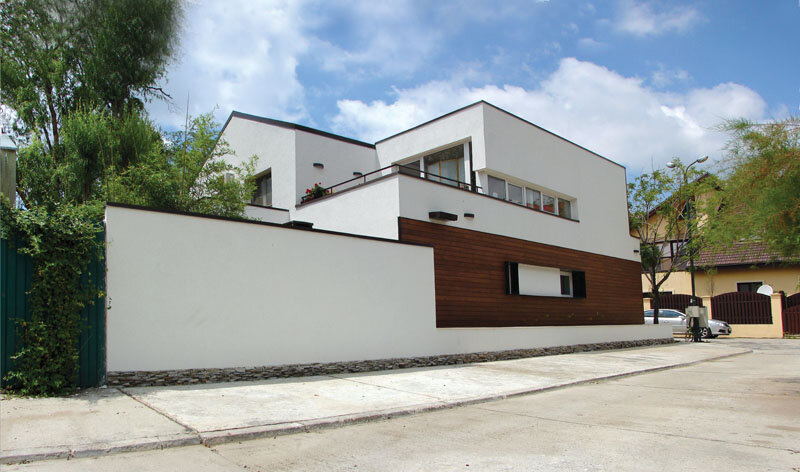
About the architect, his callings and his duties
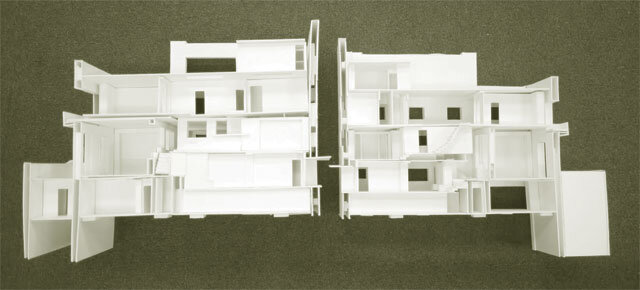
"Today, most houses please only two people: the owner and the architect. The house must please everyone. What distinguishes it from the work of art, which is not obliged to please anyone... The work of art is the artist's private business. The house is not a private business. The work of art is brought into the world without anyone feeling the need for it. The house answers a need. The artist is not responsible to anyone. The architect is responsible to everyone... The work of art is essentially revolutionary, whereas the house is conservative. The work of art thinks about the future, the house thinks about the present. The work of art wakes people out of their comfort. We detest those who tear us out of our comfort and come to disturb our comfort. That is why we love the house and detest art... Does that mean, then, that the house is not a work of art? Isn't architecture an art? No, it isn't. Only a small part of the architect's work is in the domain of the Fine Arts: the tomb and the memorial... The artist is his own master, the architect is the servant of the community... The task of the architect is to provoke just emotions." (Adolf Loos, 1910)
There survive in our society today at least three major vocations, in the time-honored sense of the term Beruf, both calling and duty: the vocation of the doctor, the vocation of the lawyer and the vocation of the architect. Each of these takes the form of a profession requiring a certain inclination, passion or even talent. Each of these vocations, in the sense of a calling, requires from the one who chooses to respond to it a certain type of response and above all a certain responsibility. This, moreover, gives the vocation its dimension of duty. The doctor, the lawyer, the architect, are not only people who are passionate about their profession, but, once they have taken it up and practised it, they are accountable to others, they are responsible for practising it for each and every decision they make.
But there is at least one major difference between the vocational gestures of the three. While the doctor and the lawyer are called upon and have a duty to intervene when there is a disruption in the course of everyday life in order to restore its continuity, its "normality", the architect, on the other hand, is himself a creator of continuity, normality, everyday life.
Read the full essay in issue 4 / 2011 of Arhitectura magazine.
*Text presented at the Architecture Days, 2011 edition, Cluj-Napoca and taken from Ciprian Mihali's personal blog
Ciprian Mihali teaches contemporary philosophy at the "Babes Bolyai" University of Cluj-Napoca, specializing in hermeneutics, phenomenology, social philosophy and political philosophy. His recent areas of interest are spatial theory, philosophy of life, post-communism, biopower and philosophy of law.
He has been visiting professor at the Maison des Sciences de l'Homme, Université de Lille (France) and Ecole Normale Supérieure de Lyon (France).
He is the author of several books, including Sensus communis. Pentru o hermeneutică a cotidianului (Bucharest, 2001), Inventarea spațiului. Arhitecturi ale experienței cotidiane (Bucharest, 2001), Uzuri ale filosofiei (Cluj, 2006), Dublu tratat de urbanologie (with Augustin Ioan, Cluj, 2009). As editor and co-author he has published Altfel de spații (Bucharest, 2001), Artă, comunitate și spațiu public (Cluj, 2003) and Pouvoir et Vie (Cluj, 2004).





